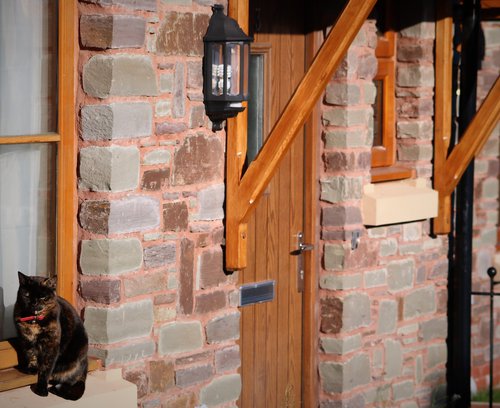Blog: Different Types of Development Agreement
The latest blog from CLA Midlands Rural Surveyor John Greenshields takes a look at the different types of Development Agreements available for future development on agricultural land
There are several mechanisms which can be used when bringing forward future development on agricultural land. These are contracts which allows landowners to continue on the land while the developer attains the relevant permissions to develop the site in question.
These development agreements are thorough contracts which cover all the permutations and the process. A potentially lucrative process to members, as we move out of a post Covid and Brexit world where housing development continues to be in high demand by the public.
With the author querying whether the provision of housing, especially in the rural context, should be viewed as a public good. While in return for the landowner a relatively small loss of land can yield significant rewards.
So let’s look at the two main development agreement mechanisms which landowners can enter into with a developer in order to establish a large housing development.
Option Agreement
The first is an Option Agreement. An Option Agreement is where the landowner(s) enter into a contract with a developer who will get planning and build the houses.
The houses will be sold and a proportion of the value of the sold property once the developer has recuperated their costs. With this type of agreement there are significant numbers of clauses to deal with planning uncertainties, calculating the division of profits (including deductions for the developer’s costs) and future market uncertainties. It is worth stressing that many landowners discuss in the pub the value of development land being approximately £1m per acre.
However this value is infrequently realised by the landowner due to the developer having to make deductions to cover planning costs, house construction and tax (Stamp Duty, Community Infrastructure Levy and Capital Gains Tax) liabilities.
Promotion Agreement
A Promotion Agreement is the other and this is where the landowner(s) enter into a contract with a promoter who will only secure planning permission before the site is sold with the benefit of planning. This uplift in value is significantly less that the Option Agreement as no houses have been built however in some circumstances this is the preferred route.
Due to the absence of a construction phased a Promotion Agreement can be completed sooner and both parties have the same intention. By that I mean maximising site value to be sold whereas in an Option Agreement the developer doesn’t want to acquire the land at too high a price as this will erode their margin.
This factor has been made even more significant as some developers are highly sensitive to the potential impact of operating in a volatile market which has been made plainly clear by the disruption of the Ukrainian conflict on top of Coronavirus’ long term impacts on supply chains.

Planning is the most significant hoop that developers must be navigated and can take several years. So don’t expect instantaneous results. Planning is never guaranteed, as it contains lots of policy that has to be weighed up and interpreted before a decision is made. A quick Litmus test to assess the likelihood of your land being developed can be undertaken as many developers will not enter into an agreement if the land is a ‘long shot.’
As it is worth noting developers take a significant risk in committing potentially hundreds of thousands of pounds towards planning and surveys over several years for an uncertain return. So what you can look for (which will help the land’s potential) is land on the edge of settlements (with services), it is not in the Green Belt (or protected areas and landscapes) and is not in a flood zone.
If you want to do something during this period, but don’t want to instruct a developer there are initial steps that you can undertake. As Councils need to demonstrate a future supply of housing they are frequently requiring earmarked land which they collate in periodic ‘Call for Sites’ consultations. This gives the Council the opportunity to assess if there is land which can be viewed as suitable for subsequent development due to its sustainable location and this can help with planning down the line.
It is worth mentioning that may Councils will accept land nominations even after the recent end of the consultation. The consultation will entail the filling out of a large form which will require ancillary plans. This may be done yourself but if there are any items which you are uncertain about I would recommend professional assistance.
With all these matters it is essential to get professional advice and members can come to your regional CLA office first. One example, apart from potentially signing your land away in an enforceable contract is having your gain taxed at 45% (Income Tax rate for annual income over £150,000) which can dramatically reduce the yield of the development. Thankfully other business structures are available in order for you to be tax efficient. So we strongly recommend that you discuss the matter with your accountant early on.
